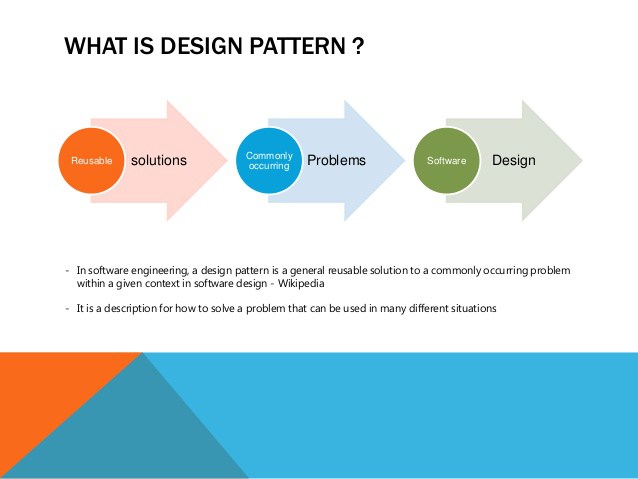This is our review of the course with Ken Bauer

- Software engineering, craft or an engineering discipline?
Software development and design is part art and part science, it can be understood as a systematic approach to the analysis, design, assessment, implementation, test, maintenance and reengineerig of software, that is, the application of engineering to software. In the Software engineering approach, several models for the software life cycle are defined, and many methodologies for the definition and assessment of the different phases of a life-cycle model
- History of Software Engineering
The term Software Engineering became known after a conference in 1968, when the difficulties and pitfalls of designing complex systems were frankly discussed. A search for solutions began. It concentrated on better methodologies and tools. The most prominent were programming languages reflecting the procedural, modular, and then object-oriented styles. Software engineering is intimately tied to their emergence and improvement. Also of significance were efforts of systematizing, even automating program documentation and…
View original post 722 more words



